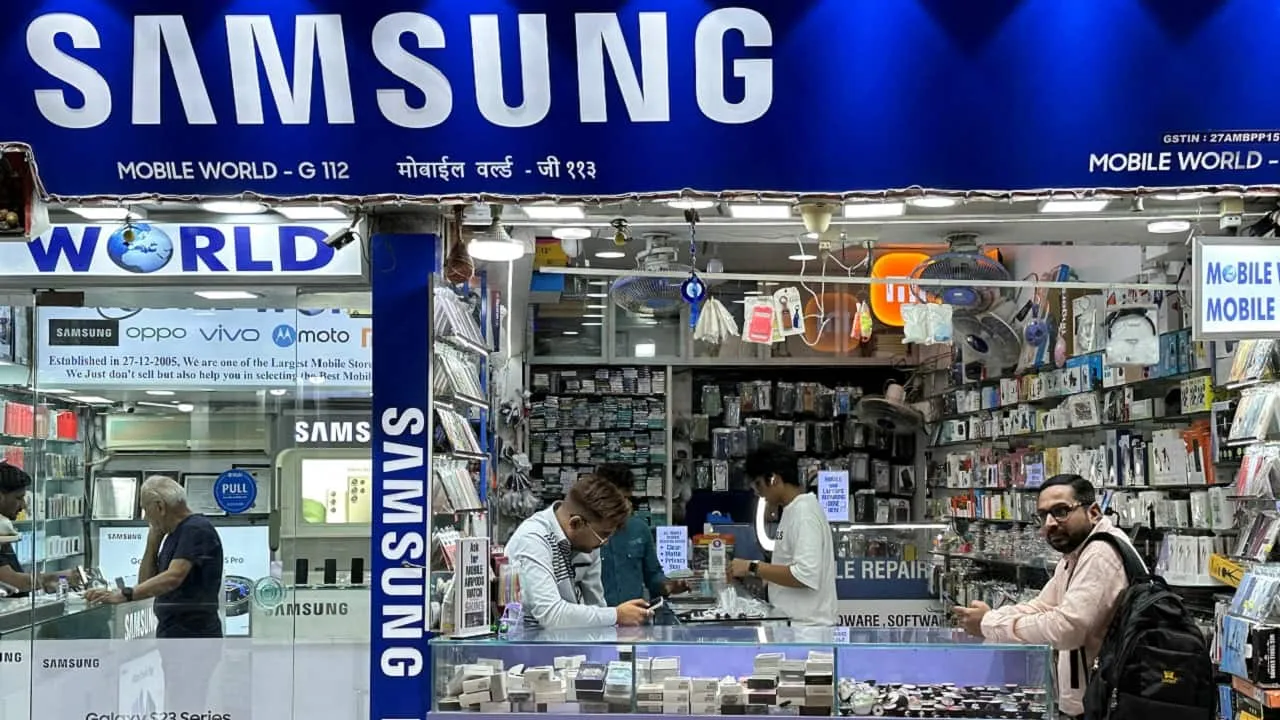Samsung Layoffs Driven by Sales Decline and Competitive Pressures

Layoffs at Samsung Due to Sales Struggles
Samsung is cutting jobs in its Indian unit as a reaction to disappointing sales performance which has plunged the company’s value and market share to the lowest levels in a decade. Reports indicate that the layoffs will impact various functions including sales, marketing, and operations. Sources suggest that job losses might involve high single digits, while others predict numbers could reach as high as 30% of the Indian workforce.
Restructuring Across Key Businesses
Current restructuring efforts extend across Samsung's smartphone, consumer electronics, and home appliances sectors, potentially leading to the exit of key executives. Fresh hiring has been halted, with positions left vacant by departing executives also remaining unfilled. Furthermore, the company is expected to trim its off-roll employee count.
Competitors and Ongoing Strikes
This restructuring coincides with an indefinite strike by factory workers in Chennai, which is disrupting the production of vital products like televisions and refrigerators. The strike notably occurs before the crucial festive season, amplifying the impact on the company's operations.
As competition escalates, particularly from brands like Xiaomi and Vivo, Samsung struggles with numerous challenges related to offline retail dynamics. Without resolutions to pricing disparities and decreased margins, the company is experiencing inventory buildup, further complicating business operations.
Market Position Decline
Despite briefly regaining its status as the top smartphone brand in India in 2023, Samsung has fallen back to third place in terms of volume within the April-June 2024 period. This decline reflects a 15.4% drop in smartphone shipments, marking the third consecutive quarter of losses.
This article was prepared using information from open sources in accordance with the principles of Ethical Policy. The editorial team is not responsible for absolute accuracy, as it relies on data from the sources referenced.